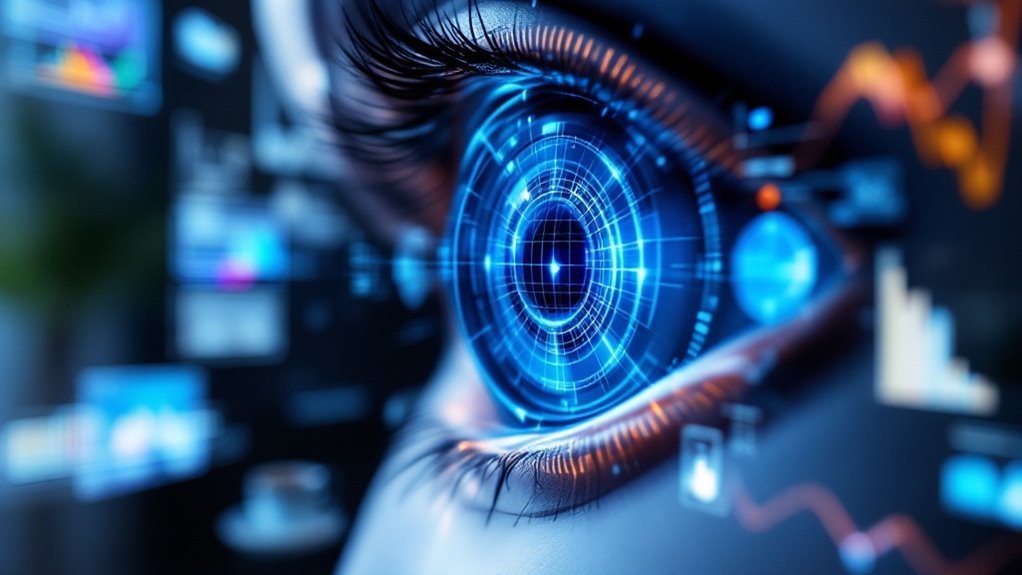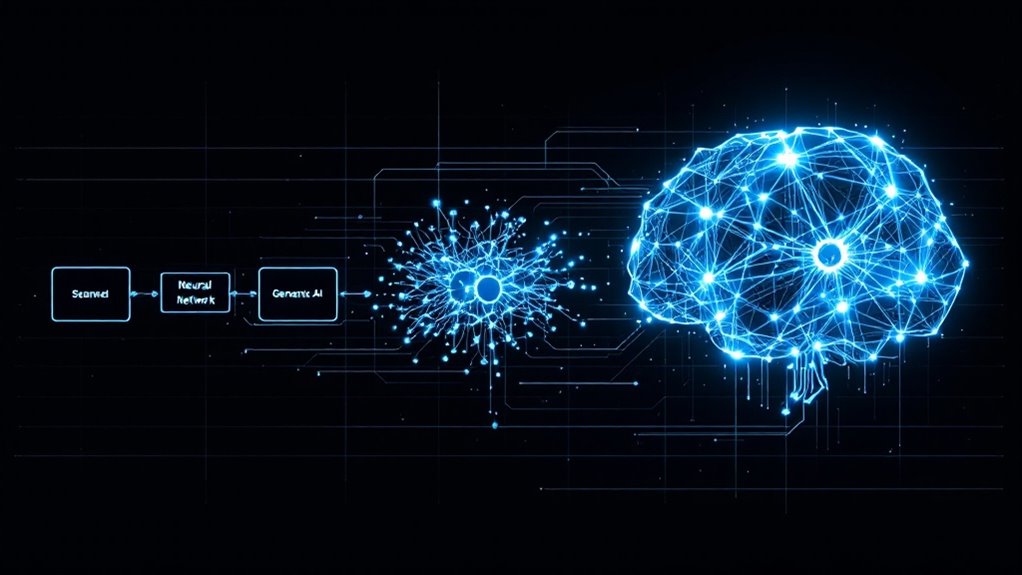Computer vision lets machines “see” by capturing images (thanks, cameras), sprucing them up (think: digital skincare), and then breaking them into data bits so neural networks—like CSI for your pixels—can spot shapes, faces, or text. From face-unlocking smartphones to self-driving cars dodging obstacles, it’s all about teaching computers to recognize what’s in a photo or video, fast. Curious how computers keep from mistaking a cat for a cucumber? You’re about to find out.
Even if the idea of computers “seeing” sounds like the plot of a sci-fi movie starring an underpaid robot sidekick, computer vision is very much a real—and rapidly advancing—field. In plain English, computer vision is a branch of artificial intelligence that gives machines the ability to analyze and “understand” images and videos. The goal? Help computers interpret visual data with the same finesse (or better) than humans—minus the need for coffee breaks or eye drops. Computer vision is being adopted across industries, from healthcare and automotive to retail and agriculture, showing its wide-ranging impact on modern technology.
But first, computers need to capture visual data. Enter: cameras and sensors. These handy gadgets snap up a stream of images, videos, or whatever visual inputs you toss their way. The quality of this data matters—a blurry, 2001 flip-phone photo isn’t going to cut it. High-resolution cameras and clever preprocessing tricks—like noise reduction, contrast adjustment, and normalization—step in to make sure the data is crisp, clear, and ready for action. Think of it as a digital spa treatment for pixels. Image data can include video sequences and views from multiple cameras, which is why specialized hardware is often necessary for thorough analysis.
Once the images are prepped, the next step is feature extraction. This is where neural networks, especially convolutional neural networks (CNNs), come into play. They break down images into numerical representations of edges, shapes, textures, and patterns. Imagine a robot Sherlock Holmes, meticulously picking out clues from a crime scene—but the clues are pixel patterns, and the crime scene is your vacation selfie. Proper data cleaning techniques are essential here to handle outliers and missing values that could otherwise skew the analysis.
- Edges? Detected.
- Shapes? Identified.
- Patterns? Filed for later use.
Now, the fun part: object detection. Algorithms like YOLO (You Only Look Once) and SSD (Single Shot MultiBox Detector) scan images or video frames, identifying objects with uncanny precision—sometimes in real time. Yes, that’s how your phone knows it’s a cat, not your uncle’s questionable toupee.
Deep learning and neural networks are the secret sauce here, letting machines spot faces in crowds, read text from street signs, and even analyze X-rays in healthcare. From self-driving cars dodging traffic cones to robots stocking shelves, computer vision is everywhere.









